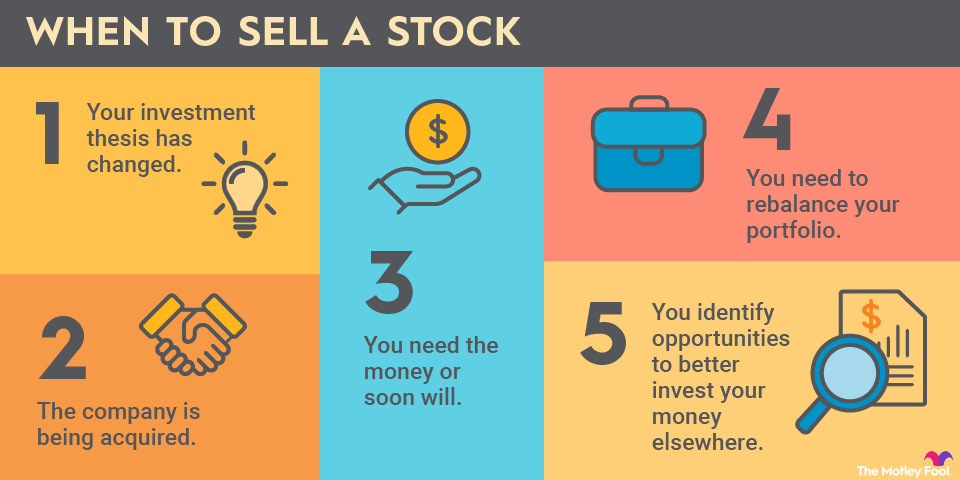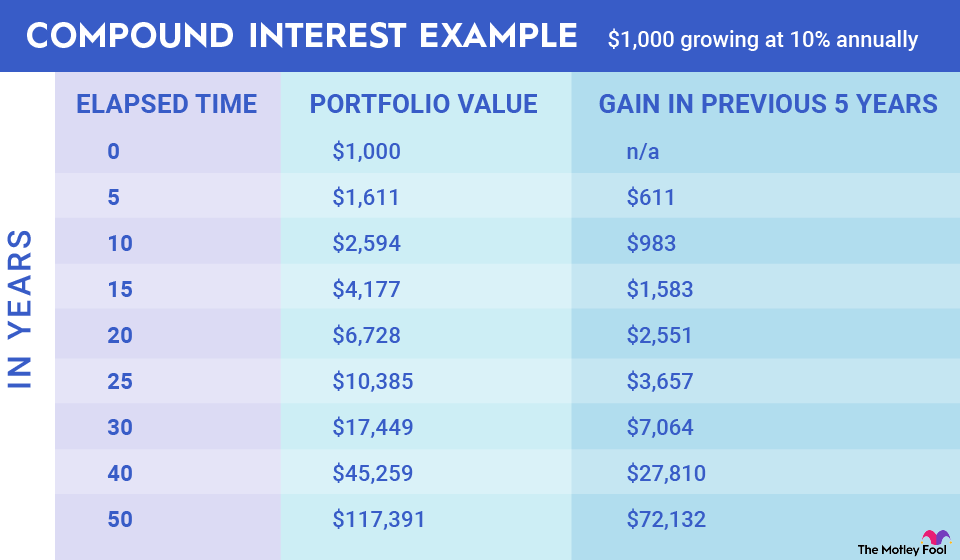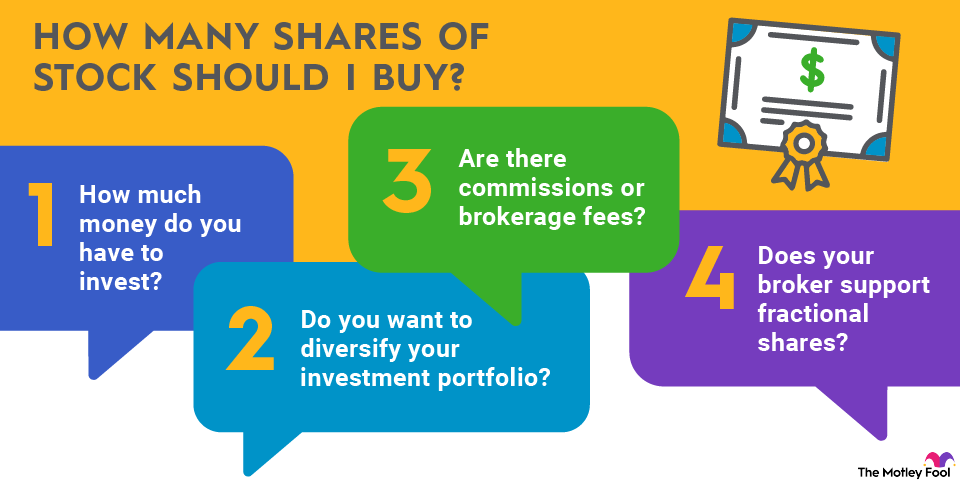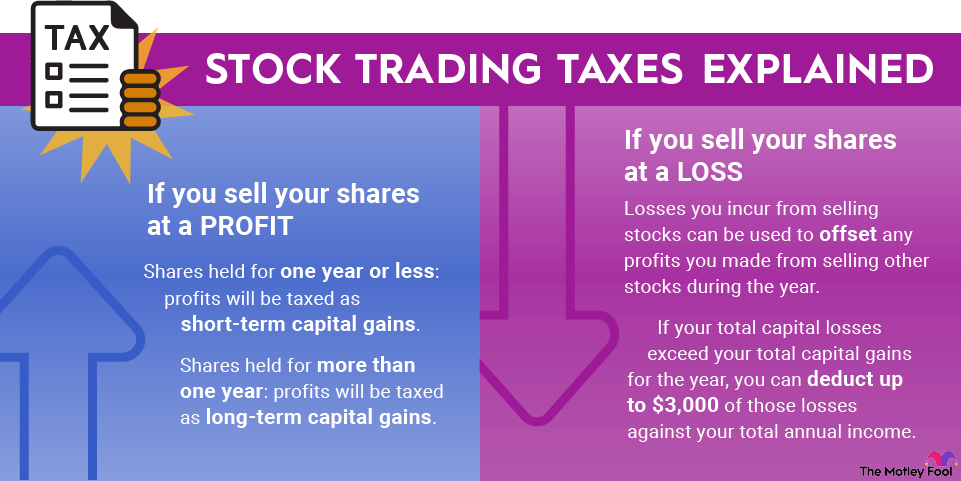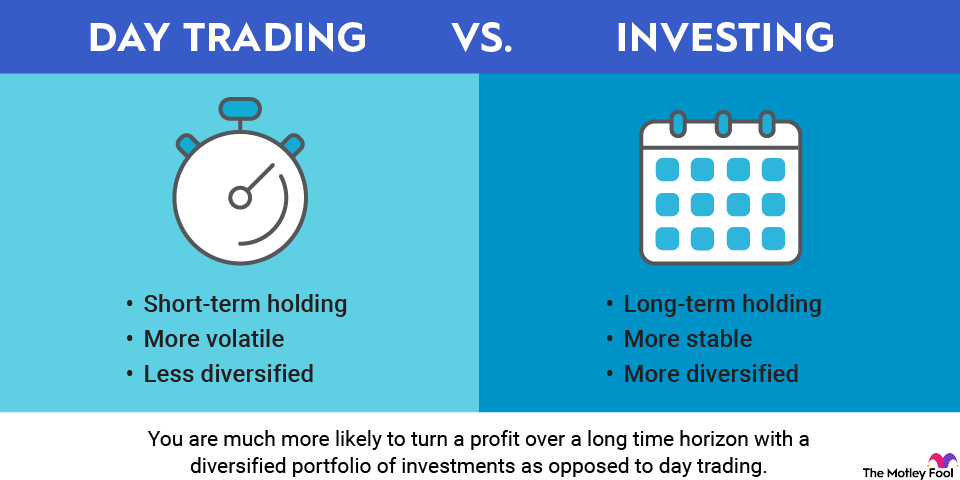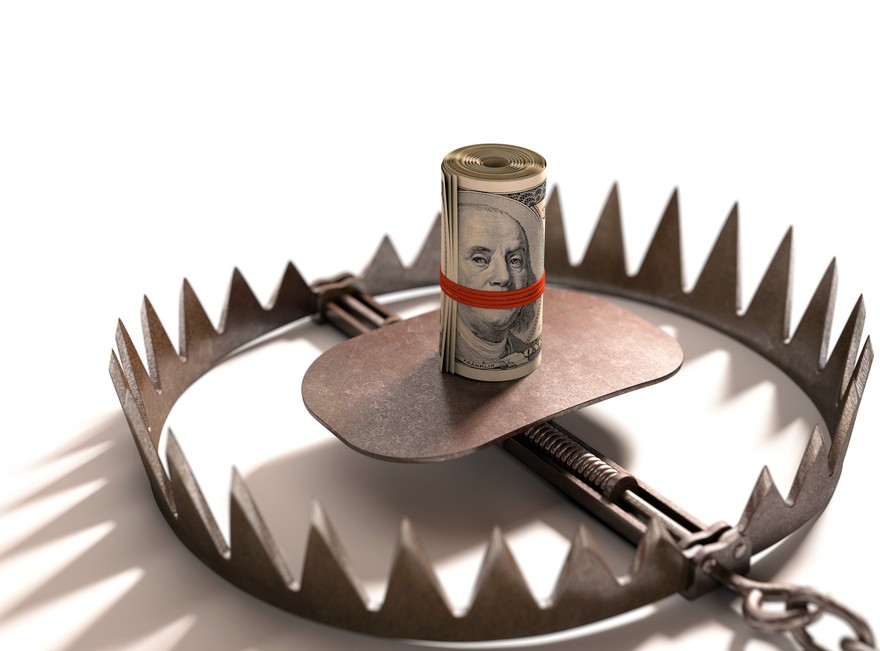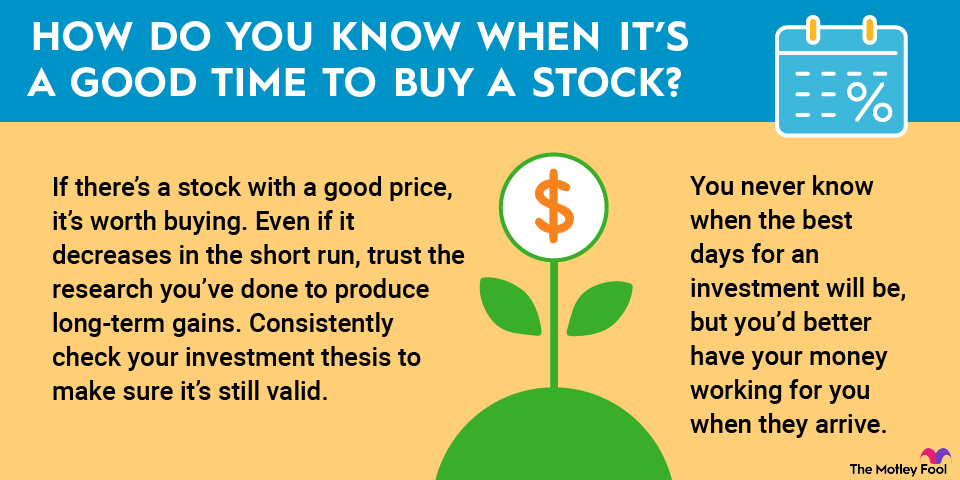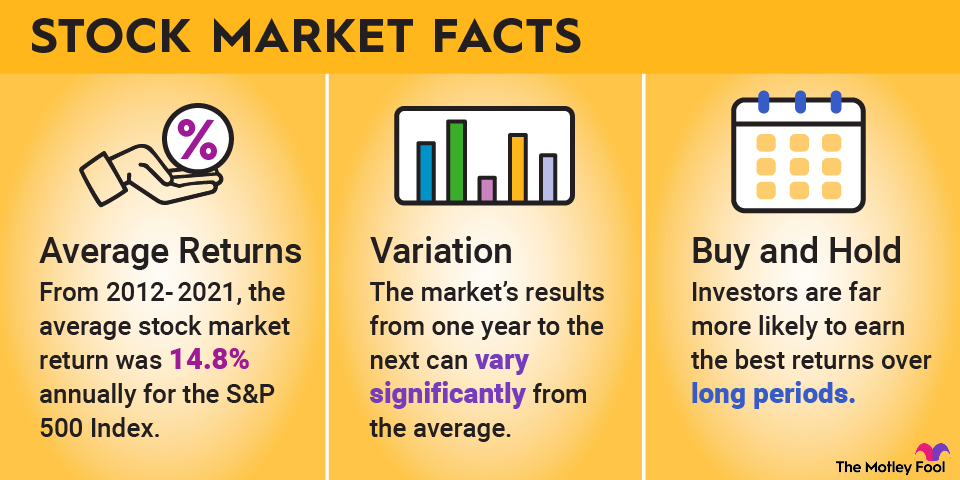Knowing who owns YouTube is becoming increasingly important as the video-sharing platform continues to attract a massive number of eyeballs, especially compared to traditional media. It hosts an eclectic array of content, from educational tutorials to personal vlogs curated by influencers.
YouTube is known as the go-to video platform both for short- and long-term video content and is heavily influential on a global scale, from business to politics. Let's explore who is behind this content machine.

NASDAQ: GOOGL
Key Data Points
Who owns YouTube?
YouTube is owned by Google, which acquired the platform in November 2006 for $1.65 billion. Google is a subsidiary of Alphabet (GOOG -0.07%) (GOOGL -0.08%), a publicly traded company established in 2015 as the result of a major corporate restructuring to streamline and optimize Google's operations.
YouTube's origins are traced back to a trio of individuals who worked at PayPal (PYPL +1.05%): Steve Chen, Chad Hurley, and Jawed Karim. Inspired by an unfruitful search for a video clip, the trio had a eureka moment that inspired them to construct the foundation of what would become YouTube.
YouTube and Alphabet's corporate structure
When YouTube was originally acquired in 2006, Google itself was a publicly traded company under the same ticker Alphabet uses today for its Class A shares: GOOGL. As Google continued to expand and diversify its business away from just Google Search, it underwent a major corporate restructuring.
Alphabet became the publicly listed parent company that now owns Google and several other notable subsidiaries, including DeepMind, Waymo, and Calico. Alphabet is publicly traded and has three classes of shares:
- Class A (GOOGL): Class A shares are publicly traded and come with voting rights.
- Class B: Class B shares are not publicly traded and are held by founders and insiders. They also have 10 times the voting power of Class A shares.
- Class C (GOOG): Class C shares are also publicly traded but do not have any voting rights.
Both Class A and Class C shares are publicly available and traded on stock exchanges, allowing investors to purchase them. However, because Class C shares lack voting rights, they might trade at a slight discount compared to Class A shares, though this price difference is generally quite small.
These firms manage funds that track major indexes, such as the S&P 500 and Nasdaq-100, which include Alphabet as a significant component due to its large market capitalization and influence in the technology sector.
- Vanguard Group owns 516.56 million Class A shares and 416.75 million Class C shares of Alphabet.
- BlackRock owns 430.81 million Class A shares and 361.54 million Class C shares.
- State Street owns 226.01 million Class A shares and 188.91 million Class C shares.
- Fidelity owns 216.38 million Class A shares and 101.83 million Class C shares.
- Geode Capital Management owns 141.62 million Class A shares and 107.76 million Class C shares. Primarily serving as a manager for Fidelity index funds, Geode's holdings in Alphabet represent a significant portion of its managed assets.
Who is on the board of directors for YouTube?
Page and Brin have significant voting power in Alphabet, the parent company of YouTube owner Google, and continue to serve on its board of directors despite stepping down from day-to-day management in 2019. Google's board of directors consists of the following individuals.
Name | Role | Shareholder % | Board Tenure | Profile | Notable Contributions |
|---|---|---|---|---|---|
Larry Page | Google co-founder, board member | 3.1% | Since Google's founding in 1998 | Co-founded Google, continues to serve on Alphabet's board since stepping down as its CEO in 2019 | Served as CEO of Google from 1998-2001 and 2011-2015 and as CEO of Alphabet from 2015-2019 |
Sergey Brin | Google co-founder, board member | 2.9% | Since Google's founding in 1998 | Co-founded Google, continues to serve on Alphabet's board since stepping down as its president in 2019 | Served as Google's president of technology from 2001-2011 and president of Alphabet from 2015 to 2019 |
Sundar Pichai | CEO of Alphabet and Google | 0.028% | Since December 2019 | Led key projects like Chrome and Android | Transitioned Google to Alphabet and is CEO of both Google and Alphabet |
John L. Hennessy | Chairman of the board | Not specified | Since April 2004 | Renowned computer scientist | Former president of Stanford University |
Frances Arnold | Board member | Not specified | Since December 2019 | Expert in directed evolution | Nobel Laureate in Chemistry (2018) |
R. Martin "Marty" Chavez | Board member | Not specified | Since July 2022 | Vice chairman and partner of Sixth Street Partners | Former chief information officer and CFO of Goldman Sachs (NYSE:GS) |
L. John Doerr | Board member | 2.507% | Since May 1999 | Early investor in Google | Partner at Kleiner Perkins |
Roger W. Ferguson Jr. | Board member | Not specified | Since June 2016 | Expertise in economics and finance | Former vice chairman of the U.S. Federal Reserve |
K. Ram Shriram | Board member | 0.33% | Since Google's founding in 1998 | Early investor and supporter of Google | Founder of Sherpalo Ventures |
Robin L. Washington | Board member | Not specified | Since April 2019 | Financial expertise in biotech | Former CFO of Gilead Sciences |
How to invest in YouTube
YouTube is owned by Google, which is a subsidiary of Alphabet, so the best way to invest money in YouTube is to invest in Alphabet. Here is how you can do that.
- Open your brokerage account: Log in to your brokerage account where you handle your investments.
- Search for the stock: Enter the ticker or company name into the search bar to bring up the stock's trading page.
- Decide how many shares to buy: Consider your investment goals and how much of your portfolio you want to allocate to this stock.
- Select order type: Choose between a market order to buy at the current price or a limit order to specify the maximum price you're willing to pay.
- Submit your order: Confirm the details and submit your buy order.
- Review your purchase: Check your portfolio to ensure your order was filled as expected and adjust your investment strategy accordingly.








